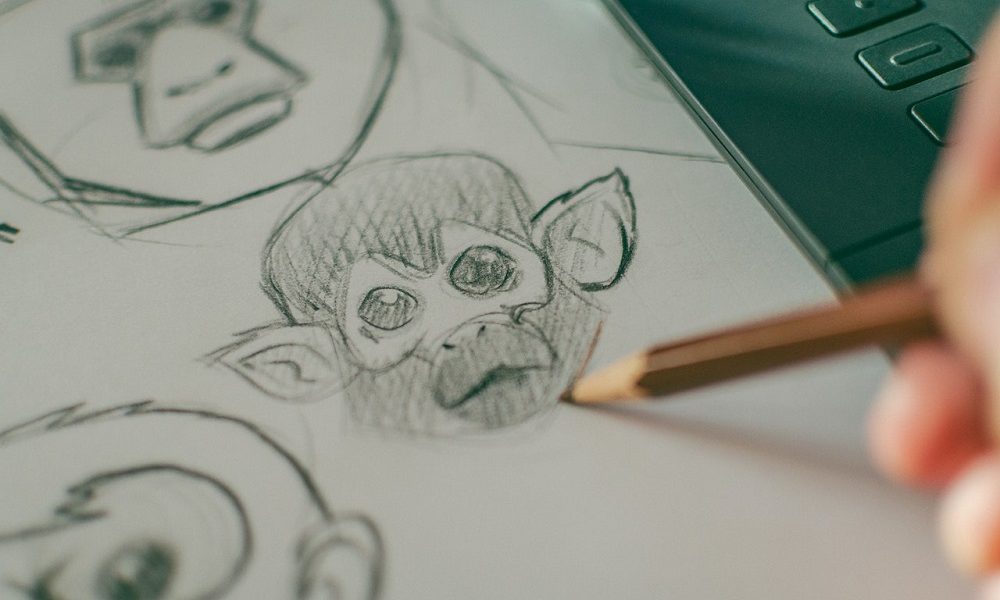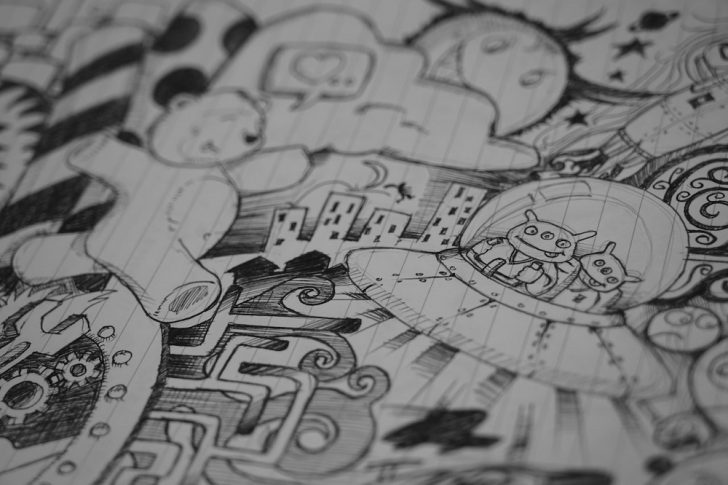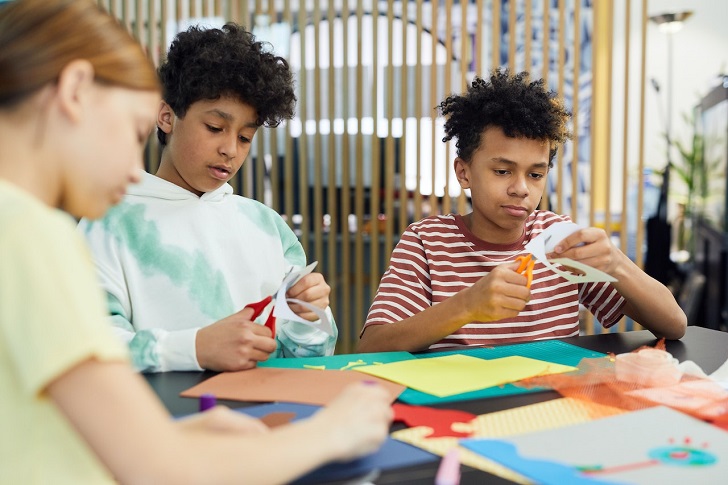
Doodle Your Way to Better Mental Health

In a fast-paced world filled with constant demands and pressures, taking care of our mental health has become more important than ever. While many people turn to traditional forms of therapy and relaxation techniques, there is another creative and accessible method that can significantly contribute to mental well-being: doodling.
Doodling, often seen as a simple and mindless activity, can profoundly affect our mental health and overall well-being.

Khairul Nizam/ Pexels | The best ideas often arise from the playful dance of a doodle
What Is Doodling?
Doodling draws small, spontaneous, and often repetitive sketches or patterns without much conscious thought. It is typically done on the margins of a notebook, during a meeting, or when we are on the phone. Historically seen as a distraction or a sign of boredom, recent research has shed light on the positive effects of doodling on our mental health.
Expression of Emotions
Doodling can be a powerful form of nonverbal expression. When words fail to convey our emotions, doodling can serve as an outlet to express feelings and thoughts visually. The doodles we create often reflect our inner emotional state and can help us better understand and process our emotions.
Mindfulness and Meditation
Engaging in doodling can be a form of mindfulness and meditation. Focusing on the strokes and patterns while doodling keeps the mind in the present moment, promoting a sense of mindfulness. It can be a form of active meditation, allowing individuals to clear their minds and achieve a state of calm.

Vanessa Loring/ Pexels | Inhale possibility, exhale creativity
Self-Expression and Self-Discovery
Doodling provides a safe space for self-expression and self-discovery. Since doodling is a personal and unstructured activity, individuals can explore their imagination without fear of judgment. This exploration can lead to a better understanding of oneself and one’s inner thoughts and desires.
Coping With Negative Emotions
Doodling can be a healthy coping mechanism for managing negative emotions during difficult times. It distracts from distressing thoughts and provides a soothing and enjoyable activity. Doodling can particularly benefit individuals with anxiety, depression, or trauma.
Building Confidence
Engaging in creative activities like doodling can boost self-confidence. Individuals who create art with each stroke gain a sense of accomplishment and pride. This can translate into other areas of life, leading to increased self-assurance and self-esteem.

Jopwell/ Pexels | Doodling is an integral part of the creative process for many
Tips for Effective Doodling:
- Keep it simple: Doodling should be easy and stress-free. Don’t worry about making elaborate or perfect drawings. Embrace imperfections and enjoy the process.
- Use different tools: Experiment with different doodling tools such as pens, markers, colored pencils, or digital tools. Each medium can bring a unique dimension to your doodles.
- Doodle regularly: Incorporate doodling into your daily routine. Set aside a few minutes each day to doodle, whether it’s during breaks, while waiting, or before bedtime.
- Doodle with purpose: Sometimes, doodling with a specific intention can be beneficial. For example, doodle to express your feelings or to brainstorm creative ideas.
- Share your doodles: Consider sharing your doodles with others, whether it’s through social media, an online doodling community, or simply showing them to friends and family. Sharing your creations can be rewarding.
More in Leisure
-
`
How to Tell if a Bipolar Man Loves You – Key Signs and Indicators
Relationships, especially those involving someone with bipolar disorder, can be challenging but rewarding. The highs and lows characteristic of bipolar...
August 15, 2024 -
`
How to Prepare for All You Can Eat Sushi Buffets – Tips & Tricks
Are you ready to enjoy a sushi buffet and make the most out of your dining experience? If you’re a sushi...
August 9, 2024 -
`
How Does the Brain Play Into Mindset? The Power of the Mindset
How does the brain play into mindset? Within the brain lies the foundation of our mindset, shaping our perceptions and guiding...
August 3, 2024 -
`
How Often Should You Meditate to Achieve Your Goals
How often should you meditate to achieve its benefits? This question is often asked by those looking to incorporate this practice...
July 25, 2024 -
`
How to Be a Better Wife? 10 Essential Tips
Marriage is a beautiful journey, a tapestry woven with moments of joy, tenderness, and perhaps even a few snags along the...
July 19, 2024 -
`
The Best Quotes About Shadow Self You Need to Read
The journey of self-discovery is incomplete without acknowledging the parts of ourselves that lurk in the dark—the shadow self. “Owning Your...
July 12, 2024 -
`
How to Make Your Wife Happy and Strengthen Your Bond
You’ve probably heard the age-old advice, “Happy wife, happy life.” But what does it really mean to make your wife happy?...
July 5, 2024 -
`
Top 6 Best Beaches in Lake Tahoe You Should Not Miss
Lake Tahoe is a gem nestled in the Sierra Nevada mountains, boasting some of the most breathtaking beaches you will ever...
June 28, 2024 -
`
6 Practical Ways of Using Social Media Less & Be More Productive
In today’s digital age, knowing how to spend less time on social media is a game-changer. Social media, though engaging, can...
June 20, 2024















You must be logged in to post a comment Login